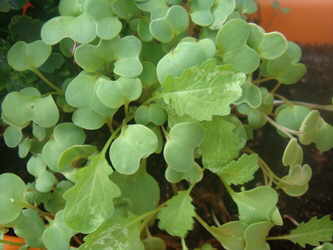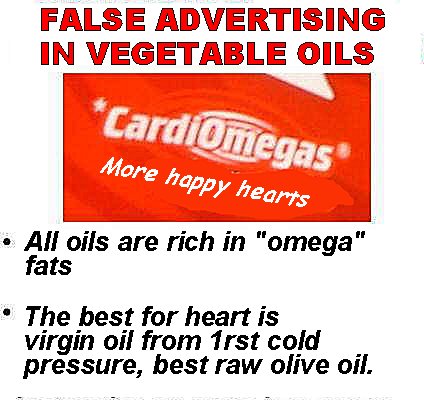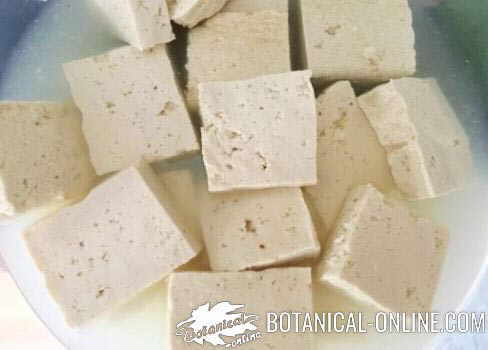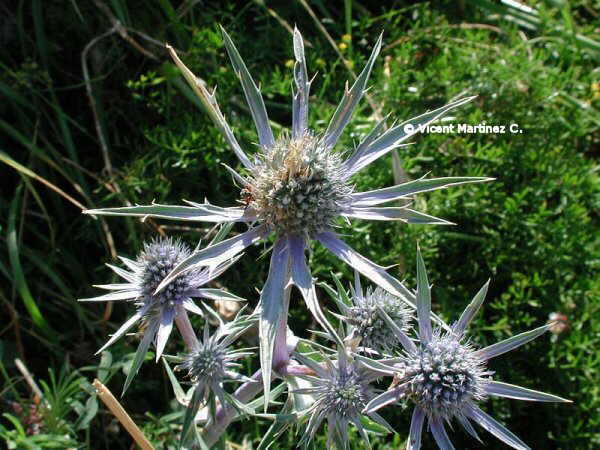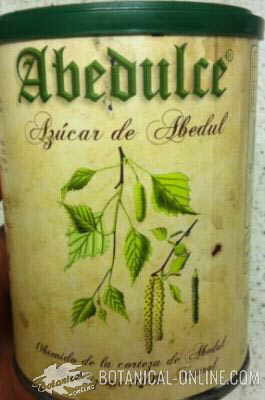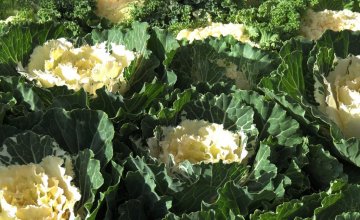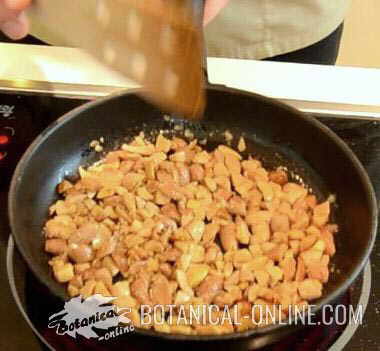Contents
Thickener and gelling characteristics
What are thickeners and gelling agents?
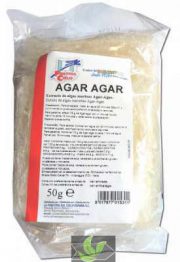 These additives are responsible for maintaining or improving the physical properties of the food, such as its texture or viscosity.
These additives are responsible for maintaining or improving the physical properties of the food, such as its texture or viscosity.
Unlike emulsifiers, most of these substances are not greasy in nature, but their function is precisely the opposite.
Thanks to their solubility and ease of combining with water, they form gels that prevent their movement. In this way, it is possible, for example, to convert a very liquid jam into a thicker or gelatinous one.
Uses of thickeners and gelling agents
These thickeners and gelling agents are used, among many other products, for those intended for light foods. This is simply due to the fact that they allow to dilute fatty foods, making them less caloric without hardly modifying their texture.
For example, the cream is diluted in water and thickeners, obtaining a lighter cream or light cream, which retains a pleasant texture with half the calories.
What foods contain thickeners and gelling agents?
There are many thickeners and gelling agents, with very varied applications in food. In fact, to achieve the texture or viscosity of a large part of industrial products, these additives are used:
Jams, marmalades, jellies, desserts, ice creams, pastry fillings, low calorie cream, products with gelatin, beer, ice, sauces, chewing gum, yogurts, infusions, coatings of meat products, milk powder, ketchup, sweets, milk drinks , soups, canned fruit and vegetables, canned fish and meat, deep-frozen foods, oriental noodles, pastry coating, loach cheeses, mayonnaise, baked goods, cookies, liqueurs, nuts (as coating agents), meat products and of fish.
Featured thickeners and gelling agents:
- Agar-agar (E-406)
- Carragenates (E-407)
- Carob flour (E-410)
- Cellulose (E-460)
- Arabic gum (E-414)
- Pectin (E-440)
![]() More information on thickeners and gelling agents
More information on thickeners and gelling agents


